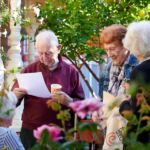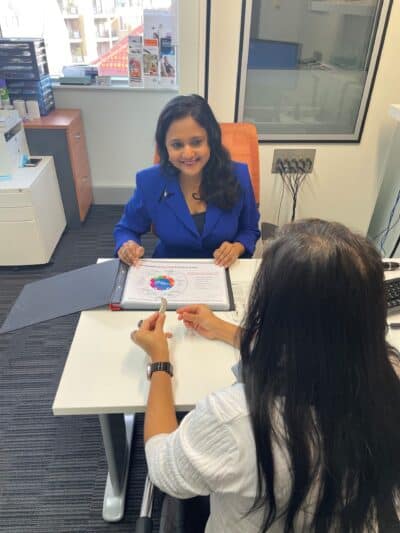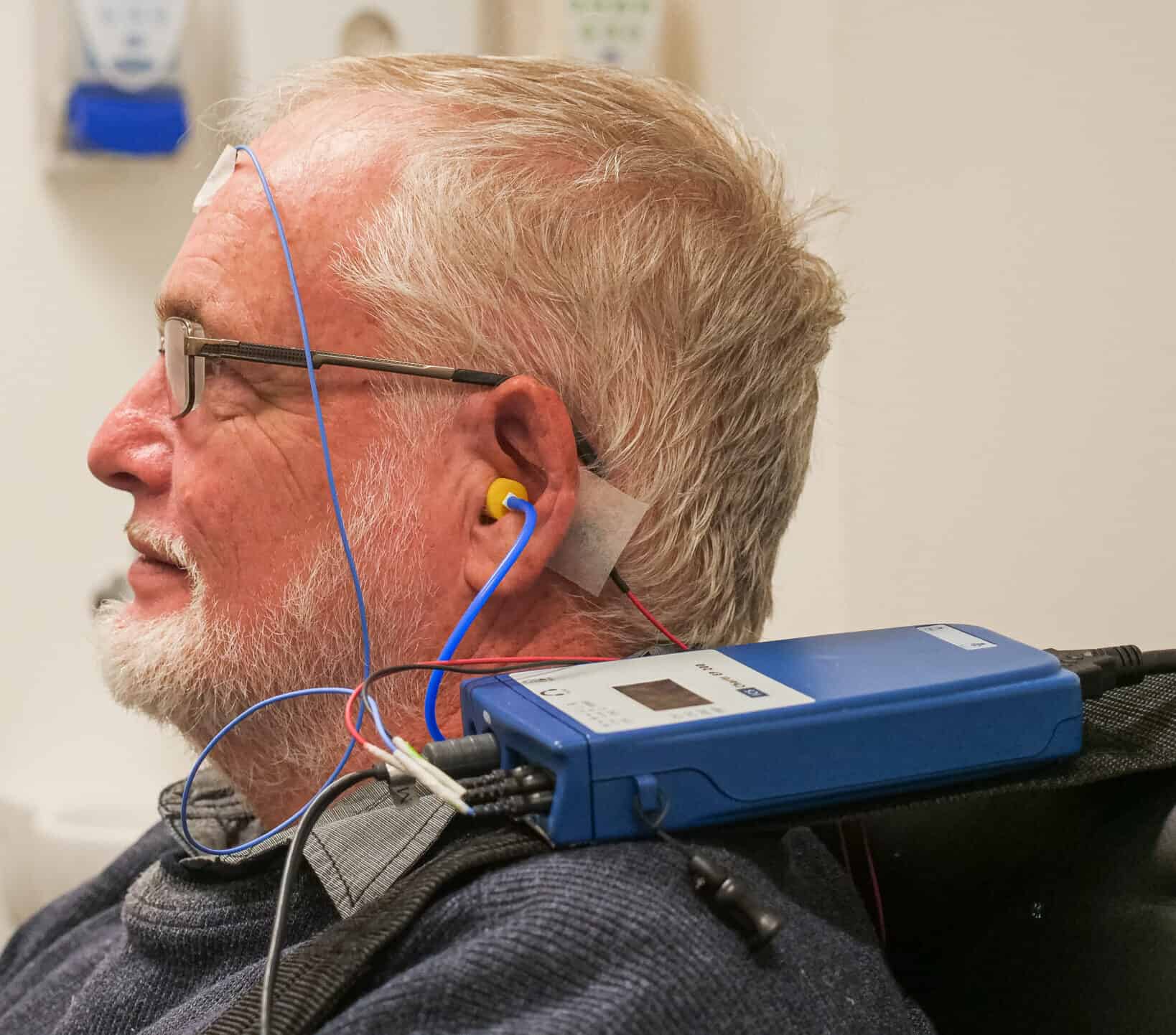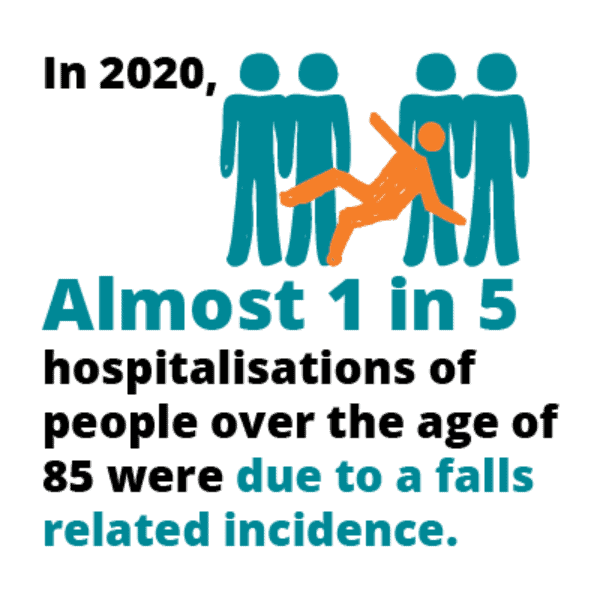
People with hearing loss are 2.4 times more likely to have a history of falling
It is well understood that untreated hearing loss affects our ability to connect with the world and also our overall health. Hearing loss impacts both our mental and physical well-being. Hearing loss and falls are common side effects of ageing.
Research has shown people with hearing loss are more than twice as likely to have a history of falling (Jiam NT-L et al 2016).
Take care of your hearing, and reduce your risk of falls
Falls can happen to us at any age; however, changes we go through as we get older can put us more at risk of having a fall. Identifying potentially modifiable risk factors such as hearing loss can help to reduce the risk of falls.
Due to the association between hearing loss and increased risk of falls including vestibular pathology that increases fall risk, it is important to treat any degree of hearing loss (Jiam NT-L et al 2016).
In 2022 Injury Matters released the Western Australian Falls Report which highlights a number of devastating statistics related to falls and reinforces that they continue to be a significant public health issue in Western Australia.
Injury Matters is a not-for-profit organisation committed to making a difference, working to prevent injury and support recovery within the community.
According to the 2022 Injury Matters falls report,
A Western Australian died every 25 hours in 2019, was hospitalised every 17 minutes in 2020 and attended the emergency department every 13 minutes in 2020 due to a falls-related injury”.
Over half of falls-related hospitalisations in 2020 were reported to be the result of a fall occurring within the home or aged care facility.
Stay On Your Feet® is an Injury Matters fall prevention program for Western Australian older adults. It provides information and strategies for older adults, their friends and family and health professionals to prevent slips, trips and falls. Offering tips and tools you can use to keep active and on your feet.
If you are interested in learning more about preventing your or a loved one’s risk of falls contact info@stayonyourfeet.com.au or 1300 30 35 40.
Falls are preventable no matter your age, and together with Injury Matters, Lions Hearing Clinic wants to help you to reduce your risk of falls, a key factor for healthy ageing.
Starkey Evolv AI Custom | Falls monitor
Evolv AI hearing aids boast the clearest Starkey Sound™.
They are expertly designed to automatically deliver realistic and genuine sound quality in every listening environment with an additional 40% reduction in noise energy designed to reduce listening effort.
The Starkey Evovl AI has an added feature of built-in 3D sensors to detect when a wearer falls and will send an alert message to selected friends or family members.
The hearing aid wearer selects up to three contacts to be notified if they fall through the Thrive Hearing app. In the event of a fall, an alert will automatically be sent to these contacts, including the GPS location of the wearer.
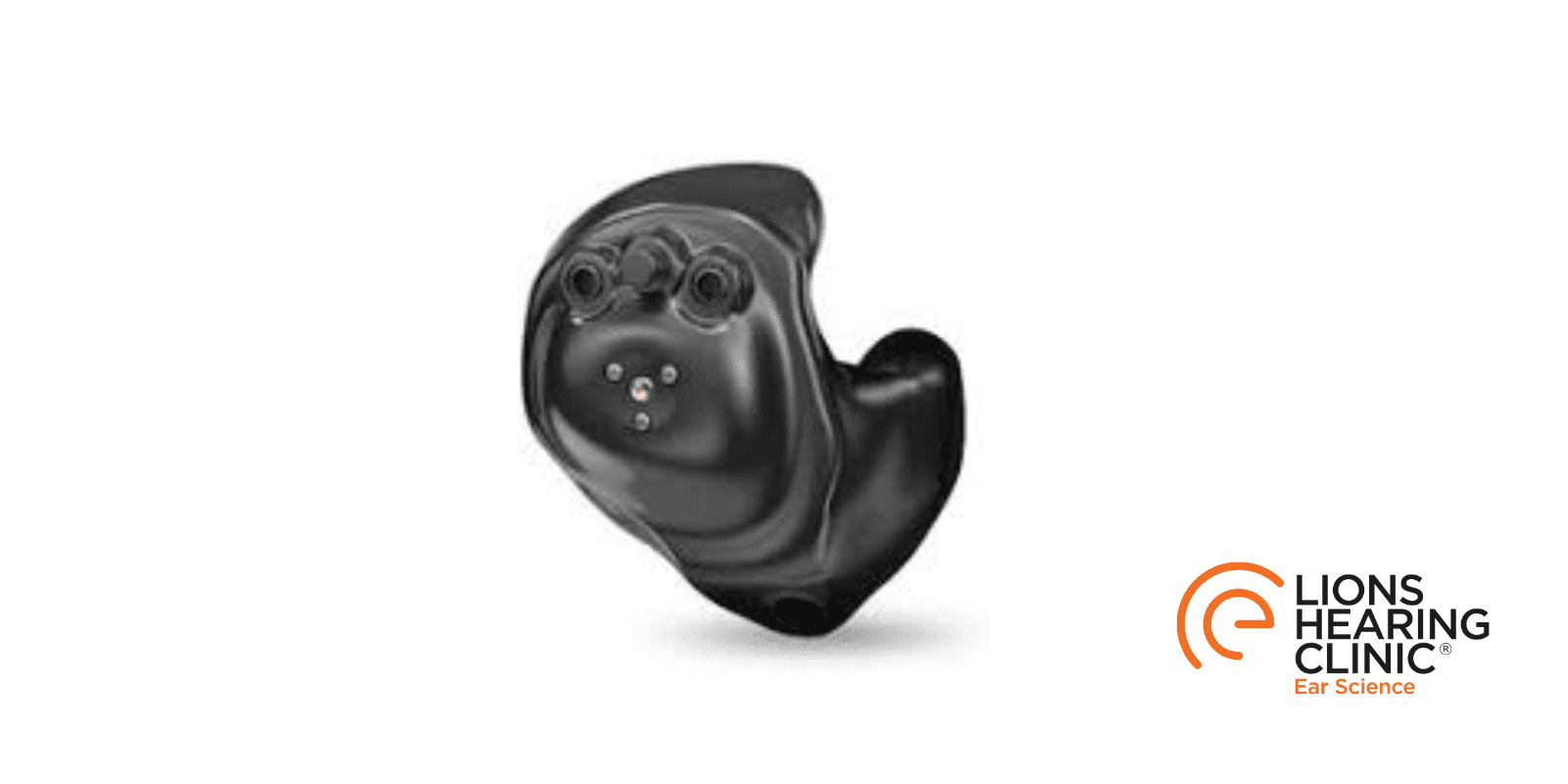

Take control of your hearing and experience life to the fullest
Lions Hearing Clinic is proud to work with GP Extra to ensure you have easy access to top-quality hearing healthcare services.
GP Extra is a medical clinic focused on keeping families healthy. They focus on your health and well-being, so you can focus on the things that matter to you.
Book your appointment today at Lions Hearing Clinic Kwinana, conveniently located inside GP Extra and discover the benefits of better hearing for better health.
References
Injury Matters. 2022. Stay on your feet. Accessed 02/02/2023. https://www.injurymatters.org.au/programs/stay-on-your-feet/
Injury Matters. 2022. 2022 Western Australian Falls Report. Accessed 02/02/2023. https://www.injurymatters.org.au/stay-on-your-feet/2022-western-australian-falls-report/
Jiam NT-L et al. Hearing loss and falls: A systematic review and meta‐analysis. The Laryngoscope. 2016;126(11):2587-2596.DOI: 10.1002/lary.25927

